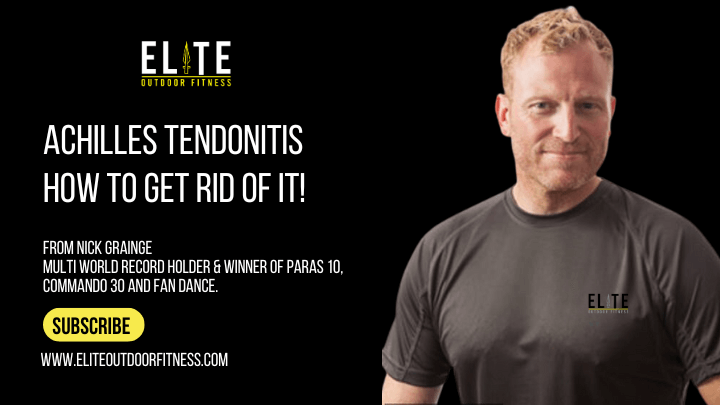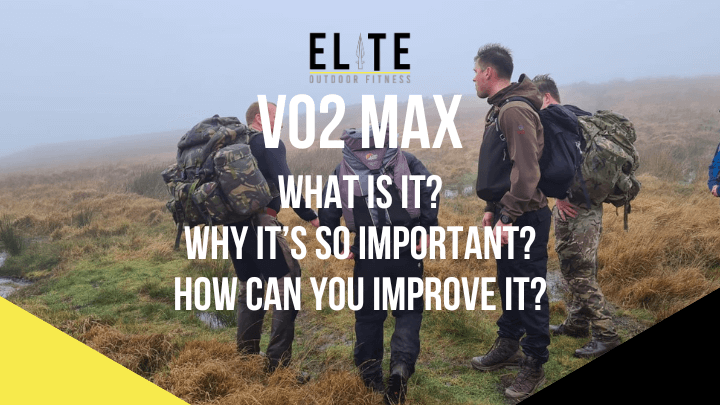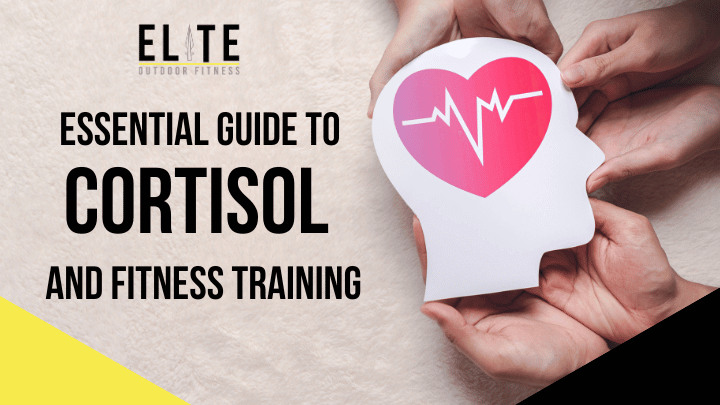Components of Physical Fitness
It is fundamentally important to understand what you want to achieve and then set out a plan on how you are going to achieve this goal.

Finding balance in your training
It is fundamentally important to understand what you want to achieve and then set out a plan on how you are going to achieve this goal. Having an unambiguous statement of intent will allow you to be more focussed and confident in your approach to training. If you are ill prepared, or unsure of what you want to achieve then you will almost certainly fail or not fully achieve what you aim for and achieve the gains you could have made. Understanding the fundamentals of training and the components of physical fitness will help you realise your goals and aspirations and ensure you have a structured tailored approach in you plan, reducing the risk of injury/failure and at the same time be very specific in your loading. This will all mean that you are training specific to your gaol, you are deciding which components are important for the training and discipline to be carried out.
Cardiovascular Endurance
This is our ability to carry out a physical task or function for an extended period of time without stopping or tiring. It requires a strong heart and efficient blood vessels and capillaries to provide adequate blood circulation. It relies hugely on your respiratory system enabling you to have healthy lungs and a more efficient body as a whole.
Muscular endurance
This allows you to increase your resistance against fatigue at a muscle fibre level. There are generally two types of muscle fibres at work when we carry out a function.
- Type 1 slow twitch
- Type 2 fast twitch
Slow twitch is responsible for endurance. Fast twitch is broken into two groups – A and B. Fast twitch A fibres are for power and endurance such as multiple rep functions. Fast Twitch B are for short reactive bursts such as jumps of one rep (or very limited reps). EOF ensure we train at all the levels to develop maximum efficient functionality.
Strength
This relates to our capacity to carry out a function or task with energy, force and power, without compromising and causing a strain and injury. This is a very broad topic and understanding ourselves better physically and mentally is a key component. Robustness, resilience and confidence all play a part in our strength capability. EOF will work with you on all these factors to help increase your capacity to build strength.
Power
The ability to exert maximum force in a short time to produce output. Accelerating, explosive muscle contraction.
Flexibility
Range of motion of joints and free movement, direction and distance of those joints. Mobility of joints without restriction.
Balance
There are two types of balance; static and dynamic (in movement). Balancing requires maintaining equilibrium. We use other senses such as the eyes and ears when balancing.
This is very important when training off road and works together with our agility, reaction time and speed to adapt to the terrain and foot placing to avoid injury.
Speed
Ability to move quickly over distance and adapt to changing terrain.
Body composition
This is the volume and ratio of fat, bone and muscle in a person’s physical makeup. A person’s strength can be determined by their body composition. Some of us are naturally inclined to be stronger and more able in different disciplines because of our physical build i.e. short legs are naturally built for power!
Reaction time
The ability to respond quickly to stimuli with appropriate movement. It is important for authentic functioning throughout the course of your life but is not often tested. Reaction time is almost hard wired into us. There are some reactions where we have ‘choice’, which is the time taken between stimulus and action taken. This is something that can be trained and is very easy to notice improvement. A good example of this is how fast those around us can travel over undulating terrain or rocks on a beach.
Agility
The ability to quickly change body position and course in direction. As with most components of physical fitness this requires the influence of other components such as balance, coordination and speed.
Specificity
If you want to be a power lifter and compete at lifting weight for one rep, then it’s unlikely that you will engage in a great deal of muscular endurance but steer more towards working on coordination, balance, reaction time, and power. Some of us do well at all sports or can pick things up quickly and be a competent all-rounder. This is normally because they have a good level and balance of all physical fitness components so are not limited by their ability, only by technique. EOF understand the importance of all these elements and the benefits of working on each to make a person healthier overall and be appropriate to the goal discipline. A good all-round balance of all the physical fitness components will aid our competence and confidence in your abilities.
Related Articles
If you've enjoyed this post why not try these related articles…



